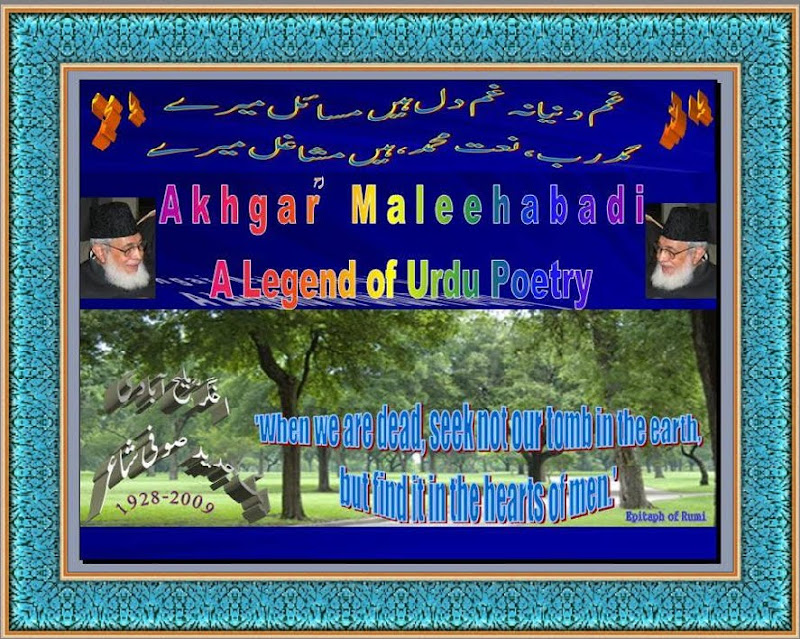
Malihabad (Hindi: मलीहाबाद, Urdu: ملیح آباد) is a town and a nagar panchayat in Lucknow district in the Indian state of Uttar Pradesh. It is the mango belt of North India and is internationally acclaimed for its mangoes. Among different varieties of mangoes grown here, Dussheri is the most popular variety. Besides Dussehri, other varieties of mangoes such as Chausa, Fazli, Lucknowa, Jauhari, Safeda, etc. are also grown here.
The town of Malihabad was established by Raja Malhia Arakh, the younger of the brave brother duo, Salhia and Malhia, belonging to the warrior Arakh clan. Of the two brothers, Raja Salhia Singh laid the foundation of Salhiapura town, which is now known as Sandila, while Raja Malhia Singh founded Malhiapura, now called as Malihabad. Raja Malhia Singh Arakh made Malihabad a contemporary power and a prosperous town. During his rule, Arakh dominion stretched south of Malihabad to parts of Kakori and Bijnour, and along the left bank of Sai to Sissandi. Arakhs held sway over Malihabad and adjoining areas including Datli till 15th century. In 1470 A.D., two brothers of Gautam tribe, Deva Rai and Naya Rana came as a refugee to Malihabad after being exiled from Argal state of Gautams. After
winning over the confidence of the Arakh king, they conspired with Pathans to overthrow Arakhs from Malihabad and establish their control. Their efforts paid off when after a prolonged struggle with Arakhs, Gautam brothers took over the control of Malihabad. But soon after, they were themselves displaced by the brave Pathans. The mango plantations of Malihabad were developed by Pathans, under the royal patronage of the Nawabs of Lucknow.
Malihabad prides itself on Nawab Faqueer Mohammad Khan 'Goya', the poet and courtier of Awadh; "shaayar-e-inquilaab" Shabbir Hasan Khan 'Josh Malihabadi’, who later migrated to Pakistan; Ghaus Mohammad Khan, the tennis player and Anwar Nadeem, stage artist, writer and poet.
Famous Urdu poet Hanif Akhgar of USA President of Halqae Fanno adab (sicsic) orth America is also born in Malihaabad (he was a director in UNDP)
Malihabad is located at 26.92°N 80.72°E[1]. It has an average elevation of 128 metres (419 feet).
As of 2001 India census[2], Malihabad had a population of 15,806. Males constitute 53% of the population and females 47%. Malihabad has an average literacy rate of 52%, lower than the national average of 59.5%: male literacy is 59%, and female literacy is 45%. In Malihabad, 16% of the population is under 6 years of age. Majority of the population claims Pashtun descent. Syed Mohammed Hanif Akhgar Malihabadi S/O Alhaaj syed mohammed sharif (asarkasmandvi)was born to this place in 1928 and migrated for the good to pakistan 1950 from where he went to UN 1970 he was international civil servant and ambassador to middle east for 6 countries Head quarter in riyadh after returned to UN he become Programme chief for Asia pacific. He was a famous poet his books chiraghan ,khayabaan and Naat book Khalqe tabassum was highly appreciated his autobiography may be publish by his successors,after illness he moved from Newyork to Dallas his 7th and last Hajj was with me 1997 (imran)he breathed his lost in presence of his wife(Saeeda Khatoon) and all childrens and grand childrens in dallas USA on 31st May 2009 at Zohr time and buried on 1st june please pray for his soul.
Dasheri mango plantations is one of the major income source of the region, with mangoes being exported to many neighbouring countries.
Josh Malihabadi was born as Shabbir Hasan Khan on 5 December, 1898 at Malihabad. He did his senior Cambridge from St. Peter's College, Agra in 1914. In 1918, he spent about six months at Shantiniketan. He studied Arabic and Persian. Due to the death of his father, Bashir Ahmed Khan, in 1916, Josh was unable to avail of a college education. In 1925, Josh started work at the Osmania University, supervising translation work. He was exiled from the state of Hyderabad for writing a nazm against the Nizam. He then started the newsletter/magazine called the 'Kaleem' in which he openly wrote articles in favour of independence and against the British. Soon, he was being called "shaayar-e-inquilaab". He also got actively involved in the freedom struggle and became close to quite a few of the political leaders of that era, specially Jawahar Lal Nehru. On the advice of director W.Z.Ahmed, he also wrote songs for Shalimar Pictures. During this time, he was staying in Pune. After independence, he became the editor of 'Aajkal'. He was later honoured with the Padmabhushan. Josh spent the latter part of his years in Pakistan.He passed away on 22 February, 1982 in Islamabad. Some of Josh's important works are: Shola-o-Shabnam, Junoon-o-Hikmat, Fikr-o-Nishaat, Sunbal-o-Salaasal, Harf-o-Hikaayat, Sarod-o-Kharosh. His autobiography is titled "Yaadon ki Baarat".
n 1939, the last Wimbledon before the World War, Ghaus Mohammad Khan of Malhiabad did country proud by becoming first ever Indian to figure in a singles quarter final. He was beaten by eventual champion Bobby Riggs of USA in straight sets 2-6, 2-6, 2-6. Riggs won all the three titles that year. Khan reigned as India's top player from 1936 to 1940, but his career was cut short by the rigours of war.






No comments:
Post a Comment